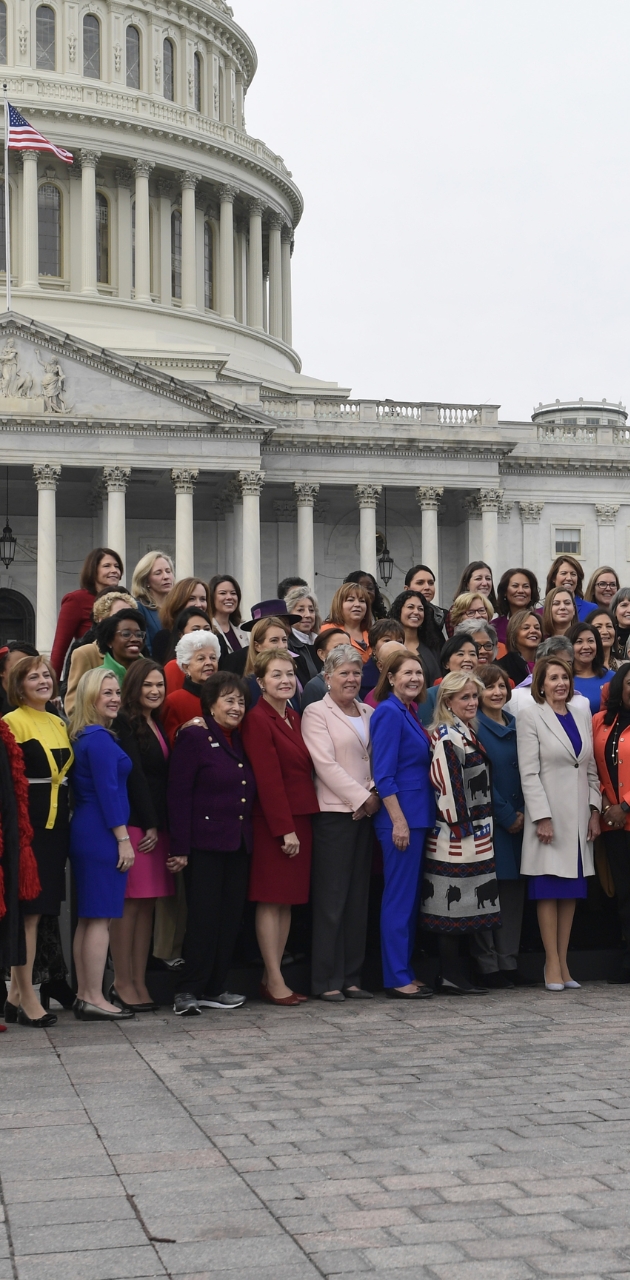
10 Historic Firsts for Women in Congress
As we approach the 2024 elections, and look at the odds of Kamala Harris being the first woman elected President of the United States, it’s the perfect time to reflect on the journey of women in Congress. The ten milestones we cover below have shaped America’s highest legislative bodies, and highlight how the roles of women in government have grown and developed over the last 150 years.
1. Victoria Woodhull, 1872:
The First Woman to Run for President
Party: Equal Rights Party | Served: Ran but not elected
In 1872, before US women had the right to vote, Victoria Woodhull ran for President. Woodhull got involved in the suffrage movement in 1969, and was instrumental in the founding of the Equal Rights Party. Woodhull’s radical activism (among other things1), made her a controversial figure, and her presidential bid wasn’t taken seriously.
Despite her flaws, Woodhull’s legacy of fighting for women’s suffrage in the 1870s reminds us of the long history of the fight for women’s rights in the United States. Woodhull was an early contributor to the foundation of women’s future participation in politics.
![Victoria_Woodhull[1]](https://www.thesportsgeek.com/app/uploads/2024/10/Victoria_Woodhull1.jpg)
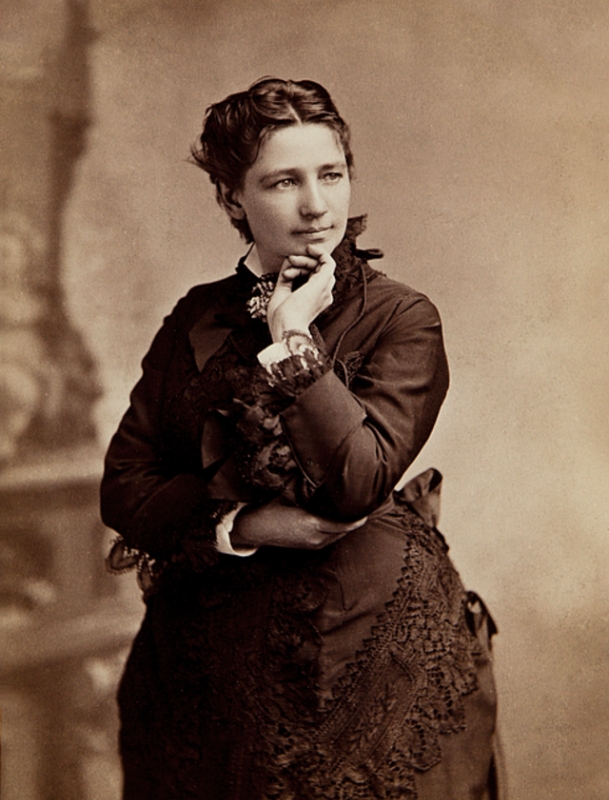
2. Jeannette Rankin, 1916:
The First Elected Congresswoman
Party: Republican, Montana | Served: 1911–1919, 1941–1943
Jeannette Rankin made history in 1916 as the first woman elected to Congress and an antiwar activist. She is notable as the only congressperson to vote against US involvement in both World War I and World War II.
Rankin’s unwavering pacifist stance made her a historical figure for her dedication to peace, even in the face of overwhelming opposition. Even after leaving politics, Rankin continued to protest war, and was a fervent opponent of US intervention in Vietnam in the 1960s.2
![Jeannette_Rankin[1]](https://www.thesportsgeek.com/app/uploads/2024/10/Jeannette_Rankin1.jpg)
3. Florence Prag Kahn, 1924:
The First Jewish Congresswoman
Party: Republican, California | Served: 1925–1937
In 1925, Florence Prag Kahn became the fifth woman, and first Jewish woman, elected to Congress representing California. She served six consecutive terms3 and was a key advocate for infrastructure development in her state. During her time in office, Kahn secured funding for major projects like the Golden Gate Bridge. Kahn’s work in transportation and military preparedness left a lasting impact on her state and on the nation.
![Florence_Prag_Kahn[1]](https://www.thesportsgeek.com/app/uploads/2024/10/Florence_Prag_Kahn1-1.jpg)
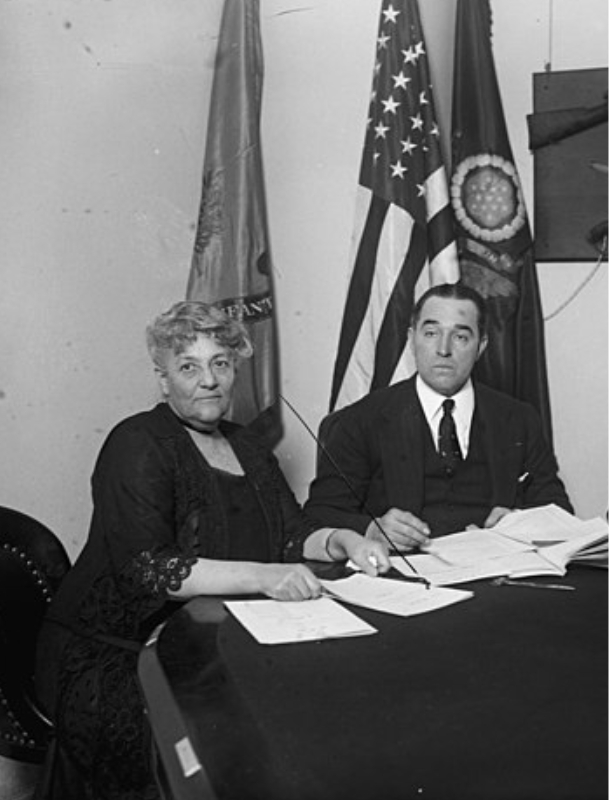
4. Hattie Caraway, 1932:
The First Woman Elected to the Senate
Party: Democrat, Arkansas | Served: 1931–1945
In 1932, Hattie Caraway became the first woman elected to the US Senate, initially appointed to fill her late husband’s seat. She went on to win a full term, and was known for her quiet but effective support of New Deal legislation.4 Caraway also broke ground as the first woman to preside over the Senate.
![Hattie_Caraway[1]](https://www.thesportsgeek.com/app/uploads/2024/10/Hattie_Caraway1-1.jpg)
5. Patsy Mink, 1964:
The First Asian-American Congresswoman
Party: Democrat, Hawaii | Served: 1965–1977, 1990–2002
Patsy Mink made history in 1964 as the first woman of color and first Asian-American woman elected to Congress. The most important part of Mink’s legacy is that she co-authored the landmark Title IX legislation, 5 which prohibits gender discrimination in education, and continues to ensure gender equality in education to this day. Her work expanded opportunities for women and girls in academics and athletics across the country.
![Patsy_Mink[1]](https://www.thesportsgeek.com/app/uploads/2024/10/Patsy_Mink1.jpg)
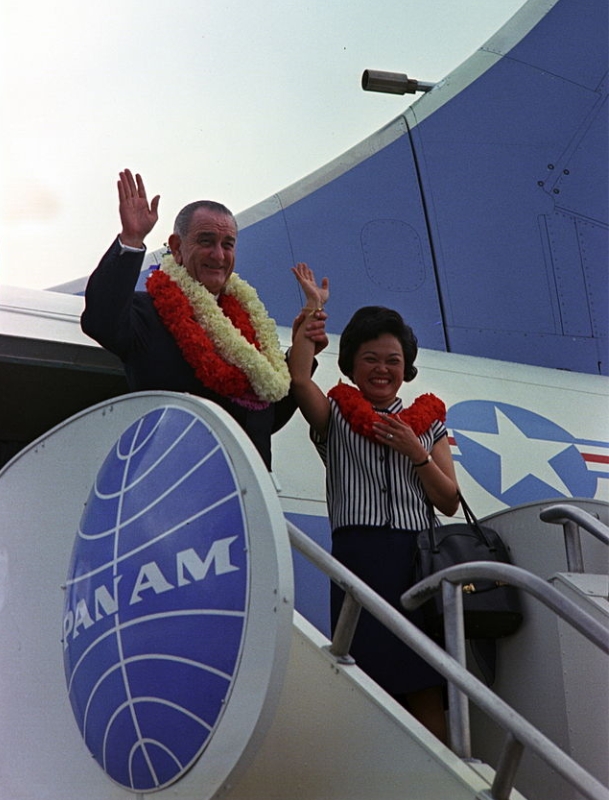
6. Shirley Chisholm, 1968:
The First Black Congresswoman
Party: Democrat, New York | Served: 1969–1983
In 1968, Shirley Chisholm broke new ground as the first Black woman elected to Congress. Known for her motto “unbought and unbossed” — which eventually became the title of a Netflix biopic about her6 — Chisholm’s legacy is that of a fearless advocate for civil rights, women’s rights, and economic equality. She is also the first Black woman to seek the Democratic nomination for President (1972).
![Shirley_Chisholm[1]](https://www.thesportsgeek.com/app/uploads/2024/10/Shirley_Chisholm1.jpg)
7. Ileana Ros-Lehtinen, 1989:
The First Hispanic Congresswoman
Party: Republican, Florida | Served: 1989–2019
In 1989, Ileana Ros-Lehtinen became the first Hispanic woman elected to Congress, representing Florida. Over her 30-year career in Congress, she advocated for human rights and education, with a focus on US-Latin American relations. Ros-Lehtinen was also a strong supporter of LGBTQ+ rights, making her an all too rare voice for inclusivity in the Republican Party.7 Her son, Rodrigo, transitioned and spoke openly about being transgender for the first time in 2007. Ros-Lehtinen’s election and legacy demonstrate the power of diverse voices in Congress.
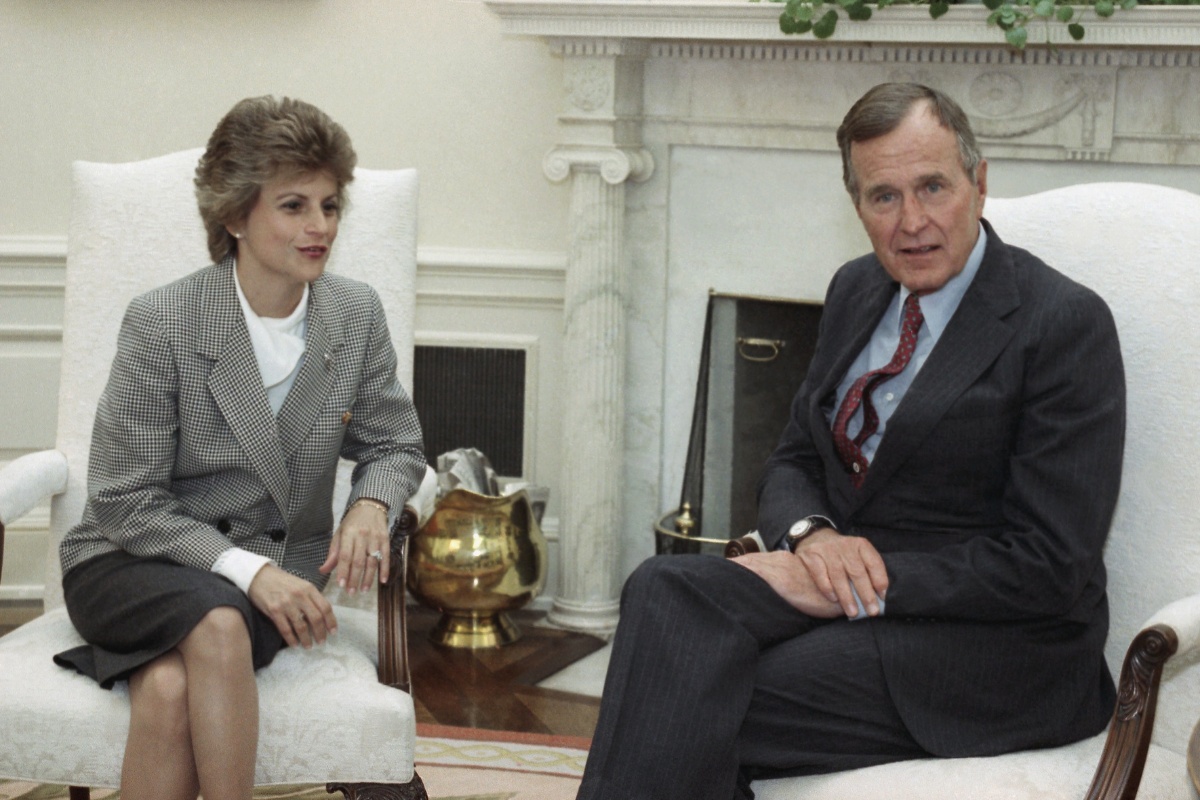
![Ileana_Ros-Lehtinen[1]](https://www.thesportsgeek.com/app/uploads/2024/10/Ileana_Ros-Lehtinen1.jpg)
8. Tammy Baldwin, 2012:
The First Openly LGBT Congresswoman
Party: Democrat, Wisconsin | Served: 2013–Present
Tammy Baldwin made history in 2013 as the first openly lesbian woman elected to the US Senate. Throughout her time in office, Baldwin has focused on healthcare reform, with a special interest in fighting for protections for pre-existing conditions, and advocating for LGBTQ+ rights. This includes her ongoing support of the Affordable Care Act (ACA).8
![Tammy_Baldwin[1]](https://www.thesportsgeek.com/app/uploads/2024/10/Tammy_Baldwin1.jpg)
9. Deb Haaland and Sharice Davids, 2018
The First Native American Congresswomen
Party: Democrat, New Mexico | Served: 2019–2021
In 2018, Deb Haaland and Sharice Davids made history as the first Native American women elected to Congress. Haaland, a member of the Laguna Pueblo tribe, represented New Mexico and focused on environmental justice and Indigenous rights. Davids, a member of the Ho-Chunk Nation, represents Kansas and is known for her work on healthcare, infrastructure, and economic development.
In 2021, Haaland was also appointed as the 54th US Secretary of the Interior, overseeing public lands and natural resources. This is the first time a Native American has held the role.9
![Deb_Haaland[1]](https://www.thesportsgeek.com/app/uploads/2024/10/Deb_Haaland1.jpg)
![Sharice_Davids[1]](https://www.thesportsgeek.com/app/uploads/2024/10/Sharice_Davids1-1.jpg)
10. Ilhan Omar and Rashida Tlaib, 2018:
The First Muslim Congresswomen
Party: Democrats, Minnesota and Michigan | Served: 2019–Present
Ilhan Omar and Rashida Tlaib became the first Muslim women elected to Congress in 2019, and quickly became the targets of racist rhetoric and far-right media outlets.10 Omar and Tlaib have remained popular in their districts since their elections, championing issues like immigration reform and racial justice. As a Somali refugee, Omar is also the first naturalized citizen from Africa to serve in the US House of Representatives, as well as the first Somali-American congressperson. On her part, Tlaib is the first Palestinian-American woman in Congress.
![Ilhan_Omar[1]](https://www.thesportsgeek.com/app/uploads/2024/10/Ilhan_Omar1.jpg)
![Rashida_Tlaib[1]](https://www.thesportsgeek.com/app/uploads/2024/10/Rashida_Tlaib1.jpg)
Shaping the Future: The Legacy of Women in Congress
The timeline of women in Congress is one of triumphs and perseverance, as well as ongoing challenges. Each milestone underscores not only the achievements of trailblazers, but also the importance of inclusivity and representation in government. It is important to remember that apart from breaking barriers to entry, each of these congresswomen made serious impacts as advocates for their constituents. By pushing forward policy and legislative changes, they worked and continue working to the benefit of all Americans.
Sources:
“The First Woman To Run For President: Victoria Woodhull,” National Parks Service.
“Jeannette Rankin,” Britannica.
“Florence Prag Kahn: Jewish Women in Congress,” Jewish Women’s Archive.
“Hattie Wyatt Caraway: A Featured Biography,” United States Senate.
“Patsy Takemoto Mink’s Title IX Legacy,” Library of Congress.
“Shirley Chisholm: Unbought and Unbossed,” The Guardian.
“A Republican mom and her transgender son open up about unconditional love and acceptance,” The Advocate.
“Fact check: Baldwin’s claim about her role in the Affordable Care Act mostly true,” Milwaukee Journal Sentinel.
“First Native American women elected to Congress: Sharice Davids and Deb Haaland,” CNN.
“The Online Cacophony of Hate Against Ilhan Omar and Rashida Tlaib,” The New York Times.



